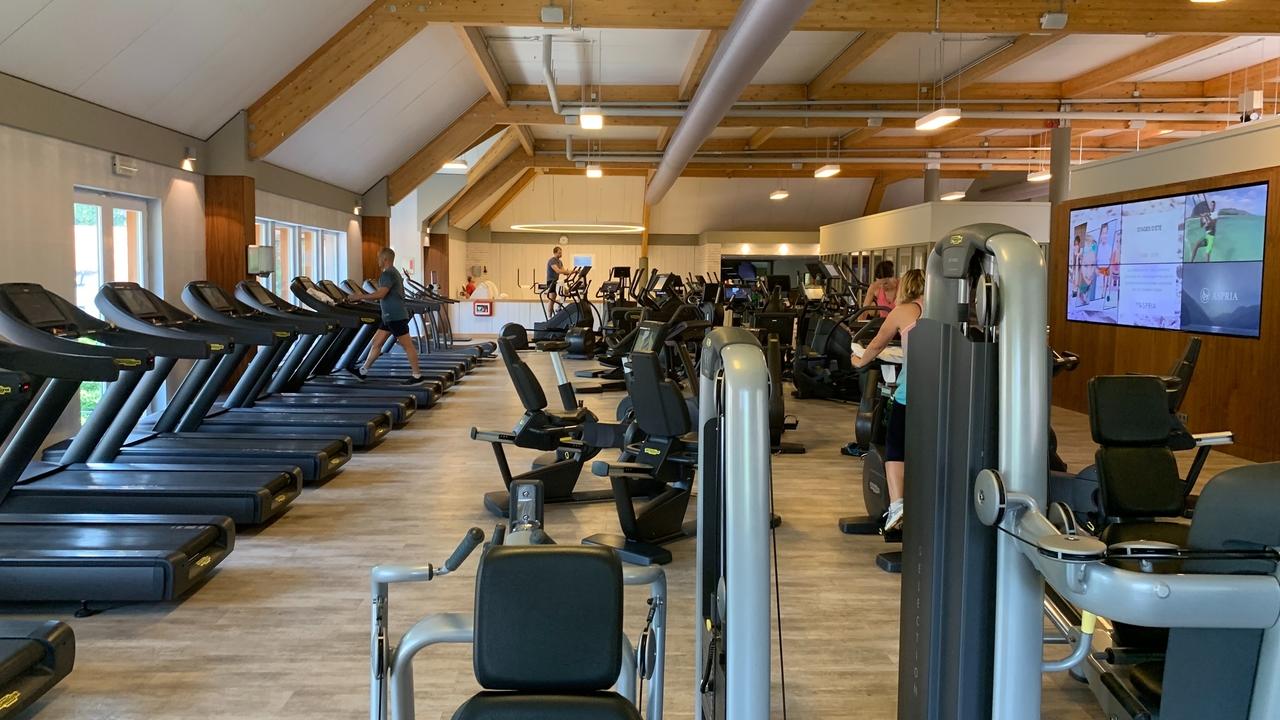Creating a Retention Strategy Pt 1.

In this four-part series we take a look at the essential steps to building an effective retention strategy.
To measure retention you need to measure a time period, which usually starts with the day of joining and ends with their last payment or visit. You also need age and date of birth, gender and membership type. Collecting as many variables as you can allows better interrogation of the data to see what's impacting retention.
For example, we had almost a million member records for the Australian industry retention report. Fairly unique to Australia and New Zealand is weekly and bi-weekly membership payments, so we looked at whether the frequency of payment made a difference - it didn’t. But what we did find was that it made a difference to the sales figures. So Australian operators now know they can disregard the payment structure as a retention tool, but recognise it as a sales tool; without accurate data we wouldn’t have been able to see this trend.
Across the rest of the world we mainly have three categories: monthly payments with no contract, monthly payments with a 12-month contract and an upfront payment for the entire year. Every time we've run the data anywhere in the world, members paying month-by-month with no contract have the shortest retention. Ultimately, easy in actually encourages easy out.
Retention versus Attrition
It’s important to define what retention is so that everyone is talking about it in the same way. Retention is the period of time (usually in months) between a member joining and when they either stop exercising or stop paying; it’s a good exercise to run the data on both of these.
Attrition is the number of people cancelling; usually measured per thousand customers per month so we can actually measure a rate and see if it changes. It's completely separate from the number of joiners/new membership sales. If you have a really good sales month but measure it against the number of cancellations your attrition will go down, not because you're losing less people, but because you've made more sales. The reverse of that is a bad sales month. You lose the same amount of people, so your attrition looks worse, simply because the sales team didn’t sell as many memberships.
So retention is not the opposite of attrition, and they can’t be used hand in hand, because if you're measuring one thing in months and the other in people, logic says they can’t be opposites!
In order to improve your retention you need to be really clear about how long they already stay. We measure the median - the average length of stay. Once you have this information you can say, for instance, if half stay nine months, what do we need to do and where do we need to intervene during those nine months to increase their stay to 10, 11 or even 12 months.
I’m the first to admit data's quite boring to look at and it’s tediousimportingand exporting it into spreadsheets and graphs. But…it tells you where to take action and is far more effective than random actions that you can't measure.
Clean Data
However, I cannot emphasise enough the importance of accurate date information. Mistyping a the letter O instead of the number zero is a common error that massively hampers analysis. Even in language we use O to represent zero, particularly when giving out telephone numbers, so it’s easy to type in by mistake, and if you’re looking at a million customer records, as I often have to, you're unlikely to spot the rogue O.
Also, don’t forget to remove your frozen members before doing any analysis. We don’t know if they will come back or not, so we only want active members to start with.
Another tip is, when you look at your data fields for dates, make sure they are actual dates by clicking on the sale and checking it actually says it's a date. Sometimes it can actually be a string variable; the equivalent of words, and you can't run analysis on words, only numbers.
In the next blog I will describe how to build your customer journey to improve your retention.
This content was original recorded for The Fitness Business Podcast https://fitnessbusinesspodcast.com/.
A full version of the interview can be found here: https://fitnessbusinesspodcast.com/paul-bedford-ebook/
If you would like us to help you with your Retention strategy please get in touch. Paul [email protected]
Join our Free Retention Guru Community
This group is for those who want to increase retention, reduce attrition and improve the customer experience in a health club environment. It's here for you to share your wins, your challenges and your experiences. It’s here so that you can find support and be supportive.


